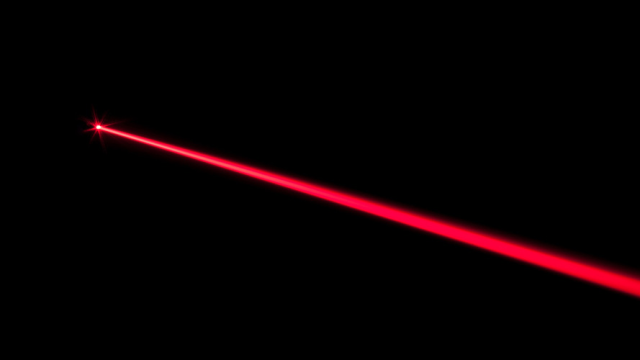A team of Japanese scientists has developed a new laser which has the shortest wavelengths ever recorded. The advance could help see microscopic objects like molecules with more clarity than ever.
The team, based at the University of Electro-Communications in Toyko, has created a new atomic X-ray laser which has a wavelength of just 0.15 nanometres — ten times shorter than the previous record. To achieve that, the team bombard a thin sheet of copper foil with X-ray pulses of different energies. That causes the metallic sheet to emit photons, which are seeded into a laser beam by a second X-ray pulse.
These kinds of laser beams, which themselves lie in the X-ray region of the electromagnetic spectrum, can be used to create images of incredibly small objects. Indeed, many researchers have tried to image molecules with them, but the resolution of the images is dictated by the wavelength of the beam: if it’s too long, the beam simply passes right by molecules, rather than bouncing off them. This new advance, which was published in Nature, should make the technique up to ten times more accurate, allowing researchers to image smaller molecules than in the past.
Or at least, it will at some point. The team is now working to ensure the beam is coherent and stable enough to be used for the creation of high-quality X-ray images. For now, then, they have a record — but we look forward to seeing what they do with it.
Image by Michal Vitek/Shutterstock
